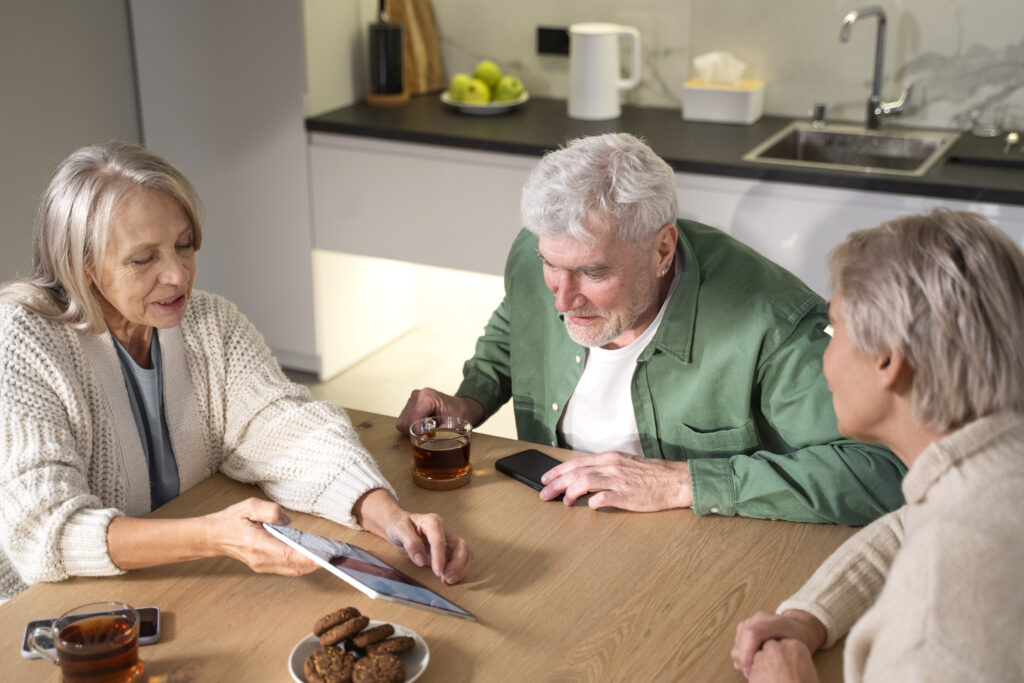Why we did the study: Supported Community Living programs have been considered an important component of the ongoing care for people with brain injuries since the advent of organized rehabilitation for brain injury. Increasingly brain injury is considered a chronic medical condition rather than a time-limited traumatic event. Like other people with chronic conditions, people with brain injuries typically need some level of care and support throughout their lives. Those with very severe brain injuries may need the more sustained support provided by Supported Community Living programs. With such support, many of these folks can live and work successfully in the community. Despite the importance of Supported Community Living programs in addressing the needs of people with brain injuries, these programs are not widely available, in part due to lack of funding, and their effectiveness has not been extensively studied. We did this study to find out whether participants in Supported Community Living programs sustained their functional abilities over a 5-year period. We were also interested in finding out whether age, time in the program, or time since injury affected how they did in these programs.
How are Supported Community Living programs different from intensive rehabilitation programs? Supported Community Living programs help participants sustain the gains they have made previously in rehabilitation and successfully live in the community. Intensive rehabilitation involves participants in interdisciplinary rehabilitation therapies (like physical, occupational, and speech therapy) with a goal of helping them improve their functional abilities. These types of programs are described in greater detail elsewhere on the FABR website.
How we did this study: We examined ratings on the Mayo-Portland Adaptability Inventory (4th edition; MPAI-4) administered to 104 participants in Supported Community Living programs annually for 5 years. The MPAI-4 measures basic physical and cognitive abilities, emotional adjustment and interpersonal interactions, and participation in social and other community activities. Most of the participants had traumatic brain injuries. A few had a stroke or other type of acquired brain injury. Because not everyone had ratings at every year or for the full 5 years, the sample varied over time and was smaller by the end of 5 years.

What we found: As the Figure shows, 87% or more improved or sustained function over the 5-year period. Since most people did not change, we could not examine whether age, time in program, or time since injury affected change over time. We did find that participants who were older, were longer post-injury, or had been in the program longer tended to have greater functional limitations overall.
Take home points:
- Supported Community Living programs are effective in assisting participants to maintain their level of function over an extended period of time.
- This important component of brain injury care merits further study with larger samples over longer periods of time.
- This initial study supports advocacy for increased funding and greater availability of Supported Community Living programs for individuals with brain injuries.
This summary is based on a scientific article published in a peer-reviewed journal. An abstract and the original article can be viewed at: Logan DM, Parrott D, Altman IM, Eicher V, McGrath C, Salisbury DB, Walters GJ, Malec JF. Role and Outcomes of Supported Community Living Programs in Post-Hospital Brain Injury Rehabilitation Programs. J Head Trauma Rehabil. Epub ahead of print. 2024 Sep 13.
FABR (Foundation to Advance Brain Rehabilitation) is a one-of-a-kind alliance between leading brain injury rehabilitation organizations from across the United States to improve outcomes in the rehabilitation field. The partnership allows the organization to aggregate outcome data to launch the only know collaborative database in the United States that captures the impact of brain injury rehabilitation following acute care.

